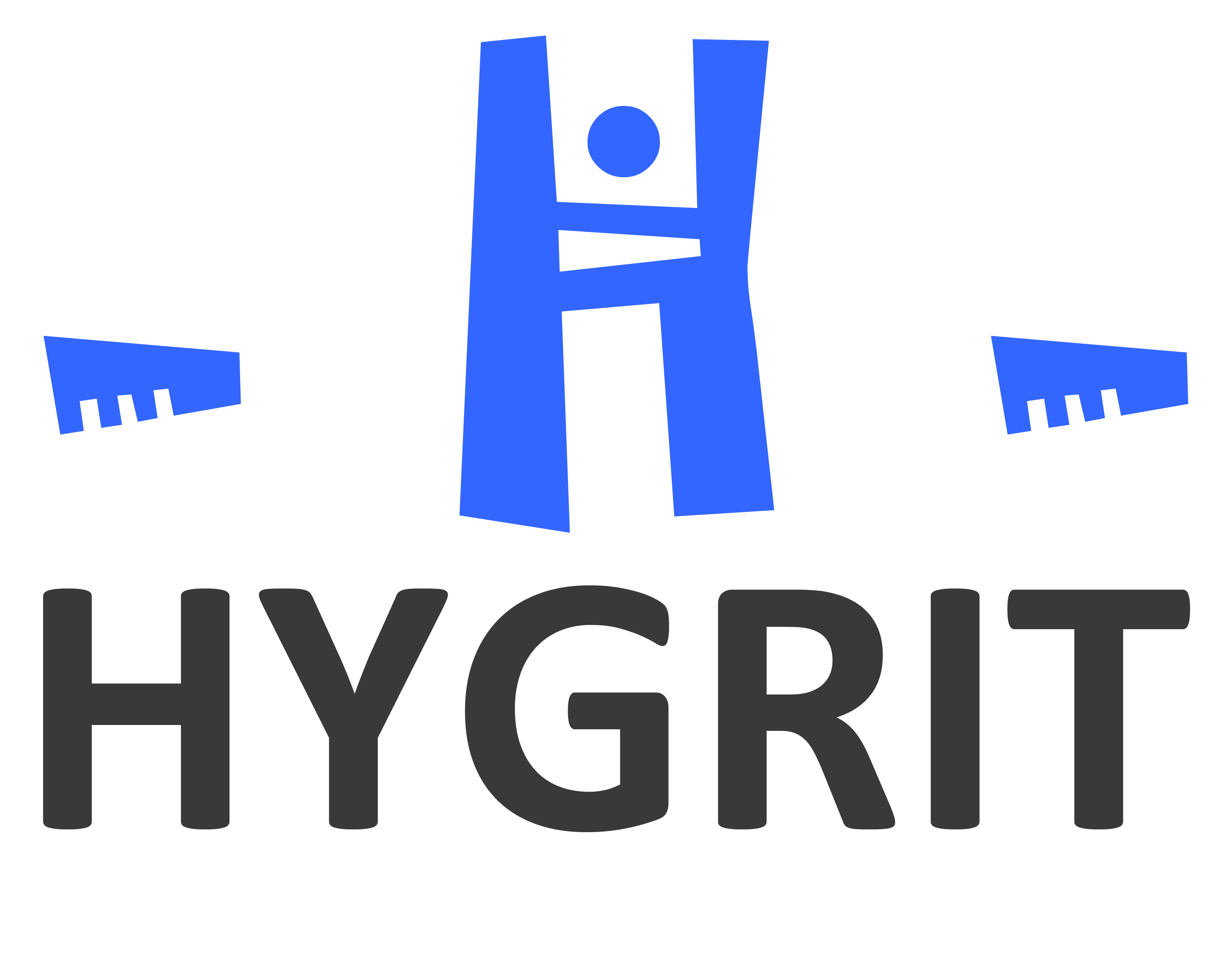Scrum is an Agile framework used for managing and completing complex projects. It is a process that follows a set of practices to efficiently develop, deliver, and maintain products of the highest possible value. Scrum promotes transparency, inspection, and adaptation in the development process.
Scrum has a complete process that consists of several steps. Let’s explore each step in detail:
Product Backlog Creation:
The first step in the Scrum process is the creation of a product backlog, which is a list of all the features and functionalities that the product must have. The product backlog is a dynamic document that is constantly updated throughout the project’s life cycle.
Sprint Planning Meeting:
The second step is the sprint planning meeting, where the Scrum team determines which items from the product backlog they will complete during the upcoming sprint. The sprint is a time-boxed iteration of 1 to 4 weeks, and it is the fundamental unit of development in Scrum.
Daily Stand-up Meetings:
Once the sprint has started, the Scrum team has daily stand-up meetings, where they discuss progress, plans, and impediments. The daily stand-up is a short meeting that lasts no more than 15 minutes, and it is held every day at the same time and place.
Sprint Review Meeting:
At the end of the sprint, the Scrum team holds a sprint review meeting, where they demonstrate the product increment that they have completed during the sprint. The sprint review is an opportunity for stakeholders to give feedback and for the team to discuss how they can improve.
Sprint Retrospective Meeting:
The final step in the Scrum process is the sprint retrospective, where the team reflects on the previous sprint and identifies opportunities for improvement. The sprint retrospective is an essential part of the Scrum process, as it allows the team to continuously improve their performance and become more efficient.
In summary, Scrum is a process that follows a set of practices to efficiently develop, deliver, and maintain products of the highest possible value. The process involves creating a product backlog, holding sprint planning meetings, conducting daily stand-up meetings, holding sprint review meetings, and conducting sprint retrospective meetings. By following the Scrum process, teams can work together more efficiently, improve their performance, and deliver high-quality products that meet the needs of their customers.




